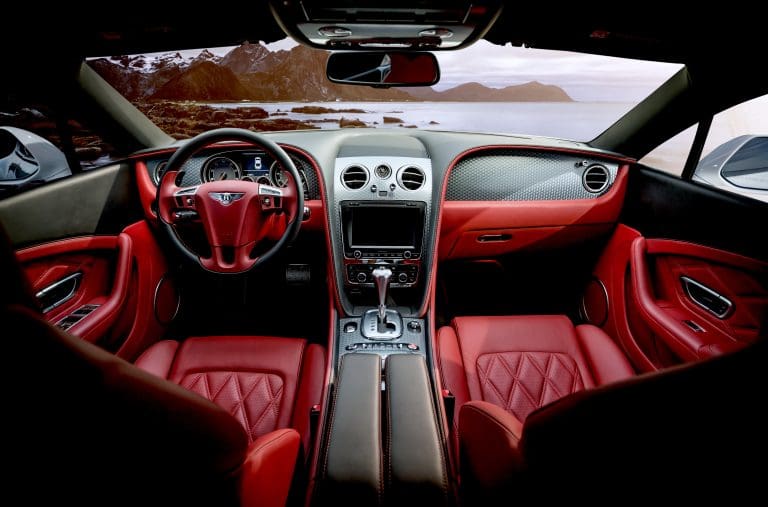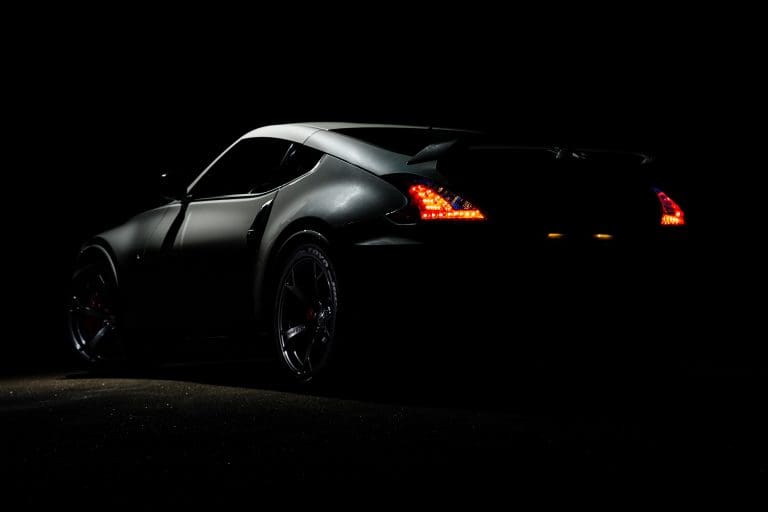One of the common mistakes motorists make on the road is to continue to drive towards their destination even well after the fuel warning light turns on.
Many car drivers tend to overestimate the amount of fuel that remains in the tank after the light comes on, while others simply take their chances because they are in a hurry to get somewhere.
Drivers often don’t know that different models have different fuel management standards based on their vehicle design and engine optimization. So, instead of applying one vehicle’s standard to another, they should know the correct fuel range for their model.
You can Get Stranded Precisely When You are in a Hurry
You may ignore the fuel light warning only at your own peril. If you continue driving a fairly long distance on low fuel, you could find yourself stranded in the middle of the road.
While this may be manageable when you are driving in on a street with low traffic, but it happens on a highway, you could be putting yourself and even others at risk. In any case, you would end up losing time and money to get your vehicle towed.
Will driving on empty tank damage your vehicle?
If you persist with driving when your car’s fuel tank is nearing close to the remnants at the bottom, you could end up damaging your vehicle in several ways. In any case, driving on empty will not get you far, but just before your vehicle stalls out, its catalytic converter (a vital component in the exhaust system) could get damaged.
Running on low fuel could also result in debris getting stuck in the car’s fuel pump. This can happen because micro pollutants and dust that enter the gas tank will settle at the tank’s bottom, and get sucked up when your car is gasping for your every last drop of fuel. As a result, the debris could choke your pump or the fuel filter.
Until a few decades ago, gas tanks were typically made of metal. As the metal would deteriorate over time, toxic debris would collect at the bottom. But modern vehicles have fuel tanks made of plastic, so contaminants in the fuel are usually responsible for the buildup of sediments inside the tank.
However, nasty debris is not the only thing that could damage your fuel pump in this situation. If the location of the fuel pump in your car is inside the gas tank, it will overheat the pump each time you run your vehicle on an empty tank. That’s because the gas, which both lubricates and insulates the pump as it flows around it, is not available. The life of the fuel pump will be shortened if you often tend to drive on very low fuel.
How many miles can you really go after the fuel light is on?
This will vary from one vehicle to another. Fuel light configurations are different for different vehicles, but a majority of cars will have between two and three gallons of fuel left when the gauge hits E. Some of the larger automobiles, such as SUVs and trucks will turn on the fuel light when about 1/16th of the tank or about four gallons is left.
How much distance you can safely cover with this much fuel will depend on the current fuel efficiency of your vehicle, whether you are driving on the highway or in the city, and other factors such as the weather and road conditions, the amount of traffic on the road, and your personal driving style.
Some of the latest car models maintain a running record of your range, and will display how many miles you could drive with your current fuel levels. While these automatic computations are fairly accurate, they will not account for the multiple factors that could affect how fast the fuel gets consumed. Therefore, if you are cutting it too fine, you are at the risk of running out of gas.
Follow These Tips to Avoid Running Out of Fuel
Driving around with the fuel light on is not going to do you or your car any favors. Experts recommend that the surest way to avoid running out of gas is to keep your fuel tank at least 1/4th full at all times. This simple self-discipline will give you sufficient breathing room in most situations.
If you are still caught in a situation where you are running on low fuel, you should reduce engine stress by turning off the air conditioner. Also, roll up the windows for drag reduction. Turn off any other devices, including the music system, and drive slowly until you arrive at the nearest gas station.




